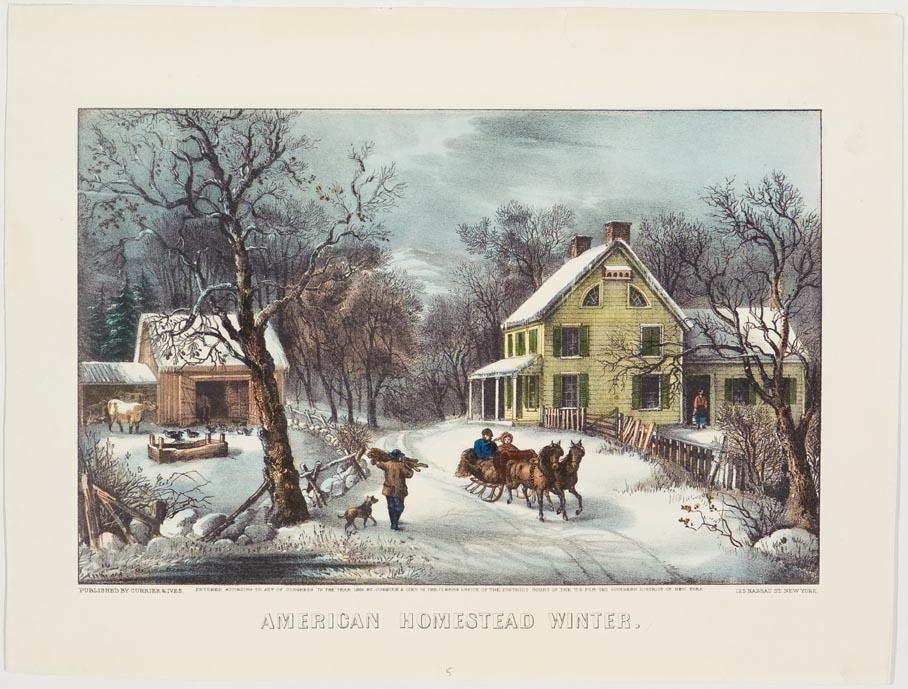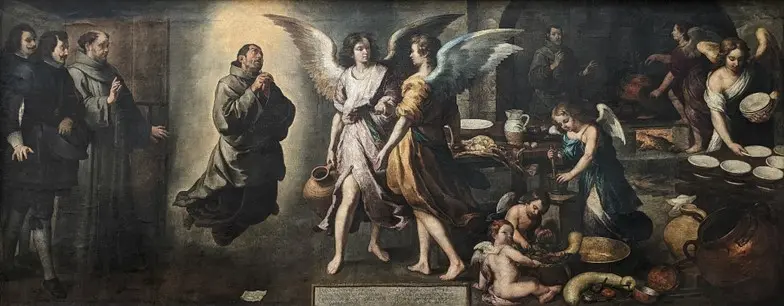MONTGOMERY, N.Y.—A powerful personal experience can be the impetus for powerful, personal art. Karen Gersch, circus performer, poet, visual artist, and Montgomery resident experienced first-hand that day in 2001 that some thought was the end of the world.
Gersch will exhibit paintings of her personal experience on 9/11 at the Orange County Firefighters Museum in Montgomery on Sept. 11 and 12.
Jim Ferguson, a 33-year veteran firefighter, one-time chief, and now fire commissioner, curated the exhibit. The show was important to him as a tribute to the the many firefighters who lost their lives in saving others.
A long-time resident of the East Village, Gersch found herself a witness to history on Sept. 11, 2001. She had been working for a prominent osteopathic physician on Wall Street, two blocks from the Twin Towers.
The doctor had many patients who worked there. Gersch tells of one young employee of Cantor Fitzgerald, the firm who lost more employees than any other on 9/11. His arm hurt so much he could not hold his baby daughter.
The doctor and Gersch stayed late to care for the young man, and he left feeling much better. The doctor told Gersch to come in later the next day. She planned to stop at her bank, then buy a book at the Borders in the towers. She was in the bank when the planes hit.
“As soon I came out of the bank, I realized something horrible was going on. You could hear it, you could smell it, you saw the smoke.” Her loft neighbors admonished her not to go toward the towers and brought her up to their roof.
“That was the first sight I had on the rooftop,” Gersch said. “You saw where the plane hit. You saw the smoke billowing, you saw flames. We stood there, just horrified. We couldn’t move watching this.”
Gersch and her neighbors were forced inside because of the intense smoke. Television coverage reported other plane attacks. Crying and trembling, she thought it was the end of the world. Like other unsung heroes of that day, she and her neighbor got into action.
They borrowed a shopping cart from the deli below her loft, bought water and towels, and went to Houston Street which was barricaded to prevent anyone going to lower Manhattan.
For the next five hours she and her neighbor assisted the survivors, covered in ash. “They looked like zombies. They were all so traumatized,” Gersch said.
Eerie Quiet
Exhausted, Gersch returned to her apartment and collapsed. Then, she says, she awoke to an eerie quiet, “as if I had awakened to a ghost town.” All that could be heard were helicopters overhead and “an occasional little bit of a siren, a ‘whoop, whoop.’”
“I never, never in my life heard the city so quiet, silent. There were no people along the streets. All lights were out,” she said. “It was dark and I felt like I was the only one in the city, that everyone else had disappeared. Very strange to look and not see a car, not see a person.”
She fled out of state. For a week Gersch could not stop shaking and crying. “I was so overwhelmed.”
A week later she and her doctor were allowed back to their office accompanied by Marines. With no power, she carried a flashlight up nine flights to the office.
The night they closed up, she left the window open a crack and the office was now covered in ash—ash that she understood were the remains of people who had perished. “It’s like the lower part of New York City had become a giant incinerator. You could only pray that people didn’t know, didn’t suffer.”
Then there was the courage of New York firefighters. Near her loft was a beaux arts building that housed the firefighters of Ladder 33 Company 9. She knew them all and often stopped in to say hello. The firehouse lost 10 of the 14 firefighters at the station.
Gersch decided her first painting would be for them. The multimedia 3x2 piece, titled “We have lost not just our heroes, but our friends,” was given to Company 9. A small copy will be in the exhibition.
Because of the firefighters and so many others, Ferguson wants those who view the exhibit not to forget that “these were regular people.” He said that Gersch’s personal story rendered in her art is important for people to see an “action spot” where people came to help in the hellish streets of lower Manhattan.
Weeks after the tragedy, Gersch received a call from the man who had referred the young Cantor Fitzgerald employee who wanted to hold his daughter. The man said the young man with the baby daughter was talking to him from his twin tower office that day, saying how happy he was to go home that night and hold his infant daughter.
Gersch said he told her the young man “was on the phone thanking me for sending him to you when the plane hit. It came in the window.”
Personal Expression
“Art for me is very calming and centering. It’s my happy place.” Art helped to calm her turmoil and remove some despair over what happened. She says that she and her doctor would go to a restaurant after work and just cry.
From this tragedy grew a larger project she calls “Ruins: Tales of War.” Gersch pointed out that terrorism happens in other countries all the time. “We are so lucky as Americans,” Gersch said.
Gersch read newspaper accounts again and again. She decided to use them in painted collages. Her multimedia work, “The Exile” is one of these. The acrylic painting “Rooftop Horror” is what she witnessed on the roof of her loft.
The painting titled “The Remains” is her expression of the ruins. “The skeletal remains [of the buildings] fascinated and mesmerized me.”
Gersch plans more works. She says there were beautiful things, like the fencing in front of St. Paul’s church where people placed origami figures, notes and messages, sometimes the heart-breaking “Have you seen…?” notes. But this is for later, she said.
She works in several mediums—oil, acrylic, watercolor, collage, black and white line, pencil, pastel. She especially likes collages with oil paint or acrylic washes, then a layer of pastel. “It’s layered, it’s textured. I feel it gives it a depth and levels.”
For more information about Gersch and her work, visit her website, www.artbykeg.info or her Facebook page, Art by Karen E. Gersch. The museum is located at 141 Clinton St. in Montgomery and is free to the public.
To contact this reporter, email [email protected].




